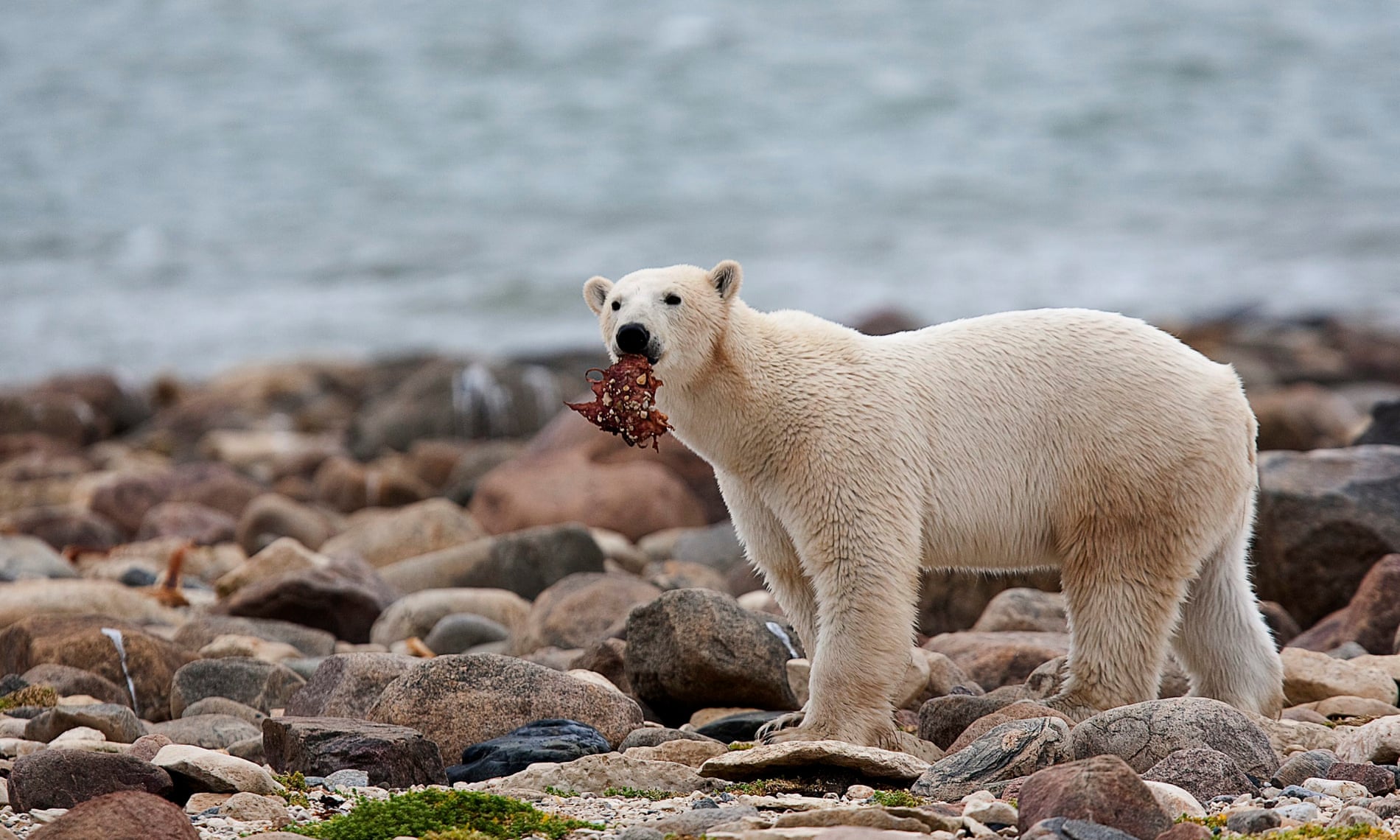Schools close and crops wither as ‘historic’ heatwave hits south-east Asia
Governments across region grappling for response as temperatures soar to unseasonable highs
Children play in portbale pools, a project from the local government, to beat the heat in Manila, Philippines. Photograph: Noel Celis/AFP/Getty Images
Thousands of schools in the
Philippines have stopped in-person classes due to unbearable heat. In Indonesia, prolonged dry weather has caused rice prices to soar. In Thailand’s waters, temperatures are so high that scientists fear coral could be destroyed.
A “historic heatwave” is being experienced across south-east Asia, according to Maximiliano Herrera, a climatologist and weather historian. In updates posted on X, he said heat that was unprecedented for early April had been recorded at monitoring stations across the region this week, including in Minbu, in central Myanmar, where 44C was recorded – the first time in south-east Asia’s climatic history that such high temperatures had been reached so early in the month. In Hat Yai, in Thailand’s far south, 40.2 C was reached, an all-time record, while Yên Châu in north-west Vietnam hit 40.6C, unprecedented for this time of year.
The latest intense weather follows
warnings last month by the World Meteorological Organization that the region had also been “gripped by severe heat conditions” in February when temperatures frequently soared into the high-30s – well above the seasonal average. It attributed the scorching weather to human-induced climate change, as well as the El Niño event, which brings hotter, drier conditions to the region.
“The level of heat the globe has experienced over the last 12 months, both on the land and in the ocean has surprised science,” said Prof Benjamin Horton, the director of the Earth Observatory of Singapore. “We always knew we were going to be headed in this direction with our increasing greenhouse gases, but the fact that we’re shattering all these records in 2023, and 2024, is perhaps slightly ahead of time.”
“We’re just not prepared. There’s very few, if any, places in the world that are resilient to this type of heat,” he said, adding that societies needed to adapt.
Governments across the region are grappling with how to respond. In the Philippines, almost
4,000 schools have suspended in-person classes as the heat index passed 42C in some areas, a dangerous level that the weather bureau warned could cause heat cramps and exhaustion.
During the Easter week in Manila, children played in portable pools set up in the streets to try to stay cool.
“Our classrooms are not resilient in this kind of weather. We have a ratio of one to 60-70 students in a classroom that does not have proper ventilation,” said Ruby Bernardo, the president of the teaching union the Alliance of Concerned Teachers (ACT) in the National Capital Region. In a recent survey by the union, 90% of teachers said they had just two fans in a classroom to stay cool.
Teachers also reported experiencing dizziness and headaches, and said students were unable to focus and, at worst, had suffered health problems, including nose bleeds. ACT has called for the school timetable to be shifted back to its pre-pandemic schedule, so that students are on breaks during the hottest months – something the government is gradually implementing. It also wants greater investment in hiring teachers and building more climate-resilient classrooms.
“This is not a long-term solution for them to always suspend classes or to have alternative or flexible learning during the [hot] season,” said Bernardo.
Horton said schools and businesses needed to find ways to adapt – by encouraging people to wear looser, comfortable clothing, and by shifting their schedules so that people were at work, and children educated, earlier or later in the day when temperatures were less intense. “Even if we made a snap choice today to reduce our greenhouse gas emissions we’re going to have to deal with [high temperatures] for at least 50 years,” he said, adding that greater effort was needed to educate the public on how and where to stay cool.
The intense heat has also caused havoc in agriculture. In Indonesia, which experienced prolonged dry weather last year, President Joko Widodo resorted to ordering the military to help farmers plant rice when rains finally arrived in December. The cost of rice, a staple food for the country’s 270 million people, rose more than 16% in February compared with last year, according to a
Reuters report. Queues for government-subsidised rice have stretched for hours.
In Vietnam, water levels were so low in canals earlier this year that farmers in some areas reportedly struggled to transport their crops. In Thailand, a fall in crop yields will cause farmers’ debt to increase by 8% this year, according to economic analysis
cited by the Bangkok Post. In Malaysia, authorities have deployed cloud seeding in areas affected by lack of rainfall.
Governments have issued health warnings advising people on how to avoid heatstroke, though many workers, especially those in sectors such as agriculture or construction, have little option but to endure the severe heat. In Malaysia in February, a 22-year-old man
died due to heatstroke.
The effects of the extreme heat also extend into the region’s waters. Assistant professor Thon Thamrongnawasawat, of the faculty of fisheries at Kasetsart University in Thailand, warned this week on social media that El Niño combined with global warming risked destroying coral and fish in the Gulf of Thailand.
“When compared to the start of April in the previous year, in the eastern area, the water is substantially hotter. It’s strangely hot. Even at night, the temperature was a scorching 31.5 degrees,” he said.
“Travelling to Thailand’s seaside soon could become soaking up the sun and dip into onsen. That would be a new slogan,” he said.
If the heat continued for another two or three weeks, he feared coral bleaching could take place. Excessively heated water also threatened the life of fish in local fish farms, and risked creating huge debts for farmers.
There are ways to help, including by reducing global heating, alleviating problems such as marine pollution, caused by rubbish wastewater. “Even so, we still need to be ready to handle and adjust to such rare hot-water occurrences,” he said. “Prepare yourself. The real boiling sea has arrived.”
https://www.theguardian.com/environ...her-as-historic-heatwave-hits-south-east-asia







